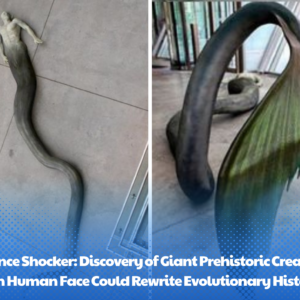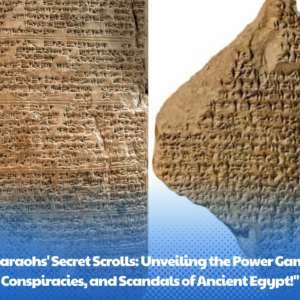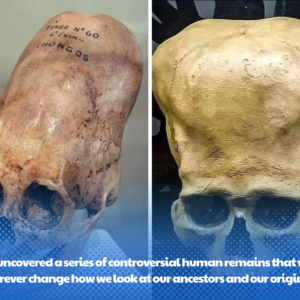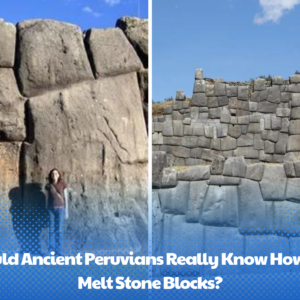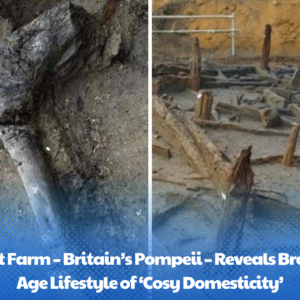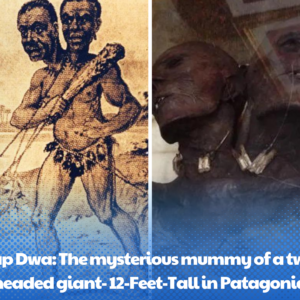Pyramidion, the sacred stone that crowned the Egyptian pyramids and obelisks
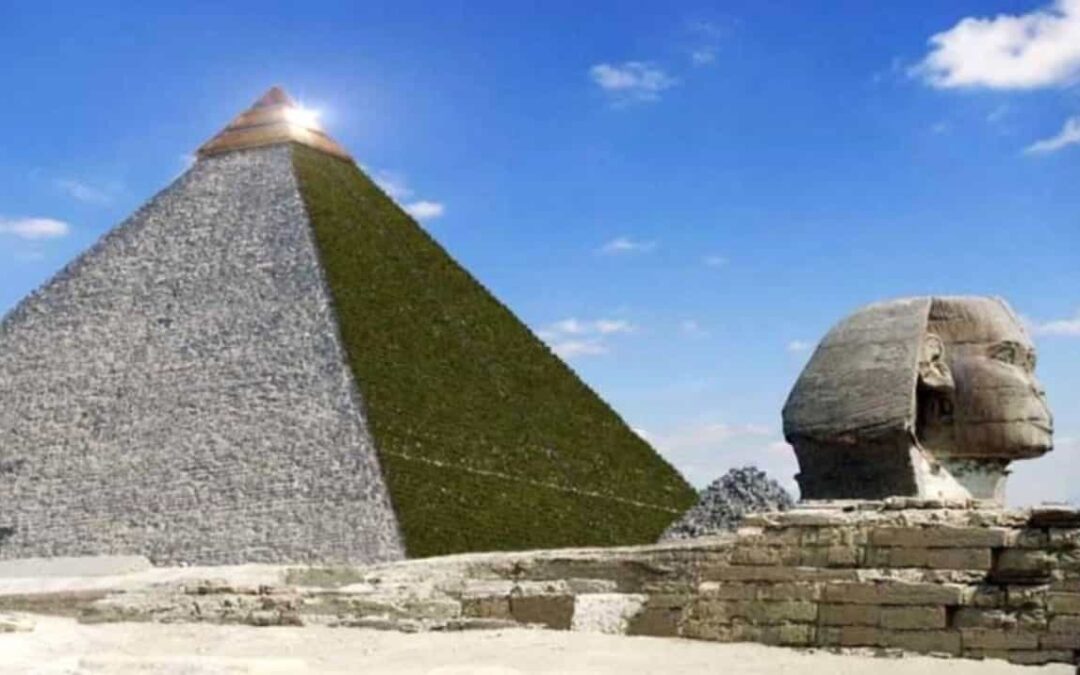
The pyramidion is the stone piece with a pyramidal shape that was located in the highest part of the obelisks and pyramids.
It symbolized the place where the solar god Ra or Amun-Ra perched, on the top of the monument, as the point of union between Heaven and Earth.
The pyramidion used to be made with materials such as limestone as Tura, in the Red pyramid of Sneferu ( Fourth Dynasty of Egypt ), or black granite, as in that of the Pyramid of Khendjer ( 13th dynasty ).
This piece was coated generally of gold, bronze, electrum or other alloy metals, to reflect the rays of the sun.
Pyramidion of Amenemhat III
The pyramidion of Amenemhat III is a small pyramidal stone that topped the Black Pyramid of Amenemhat III, sixth pharaoh of the Twelfth Dynasty of Egypt, which is considered one of the great monarchs of the Middle Kingdom.
Ruled from approx. 1853/52 to 1807/06 BC, according to von Beckerath.
The piece was discovered in 1990, among the ruins of the black pyramid. The piece is on permanent display in the Egyptian Museum in Cairo, Egypt.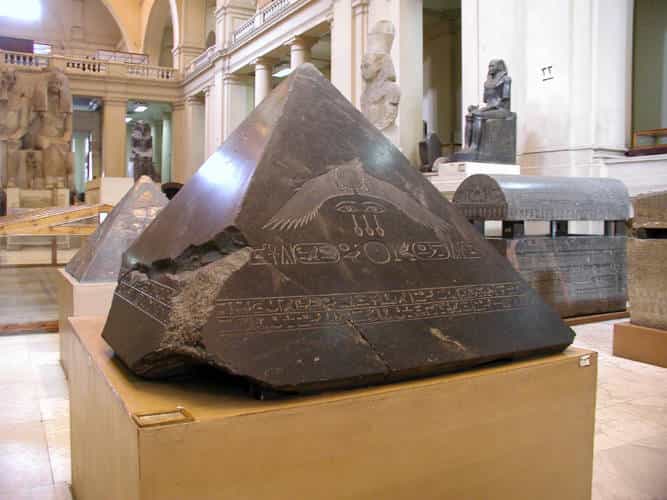 Close-up of the Pyramidion of the Pyramid of Amenemhat III at Dahshur. Egyptian Museum, Cairo
Close-up of the Pyramidion of the Pyramid of Amenemhat III at Dahshur. Egyptian Museum, Cairo
 Pyramidion of king’s writer Pauty (RMO Leiden, Saqqara)
Pyramidion of king’s writer Pauty (RMO Leiden, Saqqara)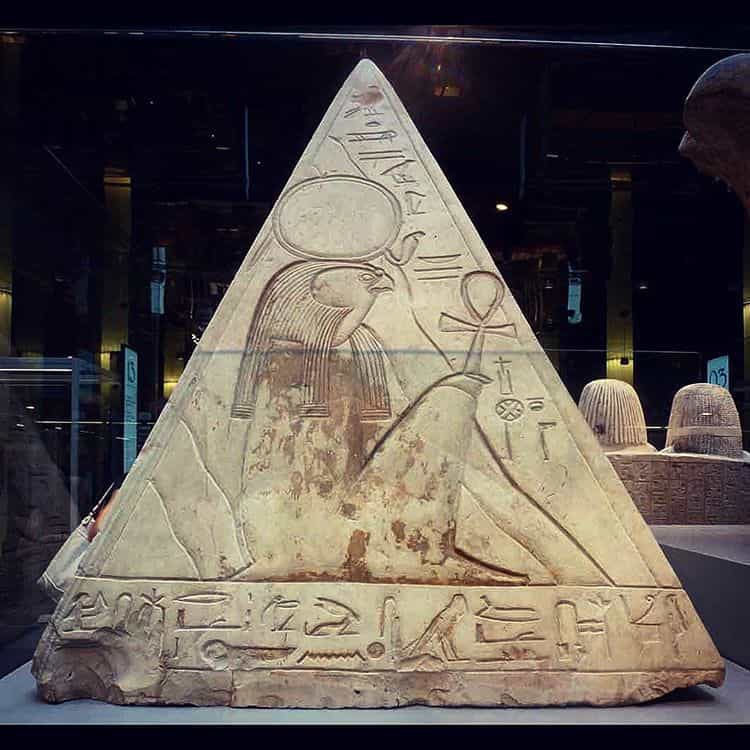 Pyramidion of Ramose in Deir el-Medina
Pyramidion of Ramose in Deir el-Medina Restored pyramidion, originally located on the top of the Red pyramid
Restored pyramidion, originally located on the top of the Red pyramid The pyramidion of black granite, in the pyramid of Khendjer (13th dynasty). Egyptian Museum in Cairo.
The pyramidion of black granite, in the pyramid of Khendjer (13th dynasty). Egyptian Museum in Cairo.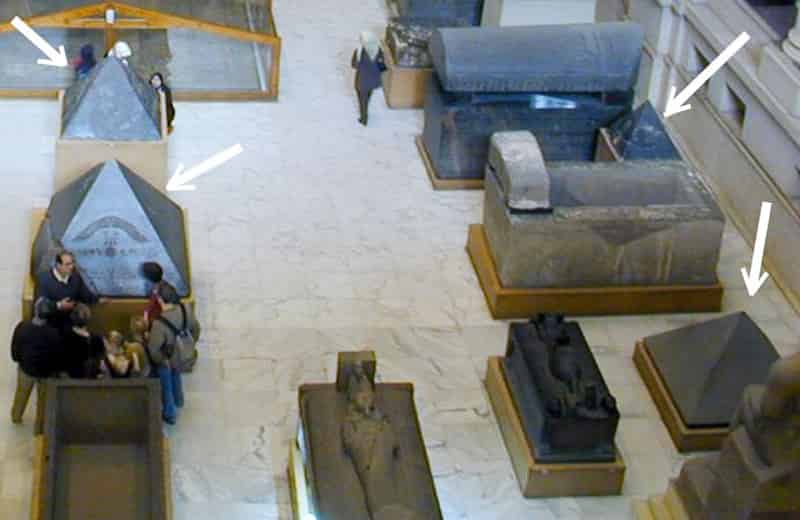
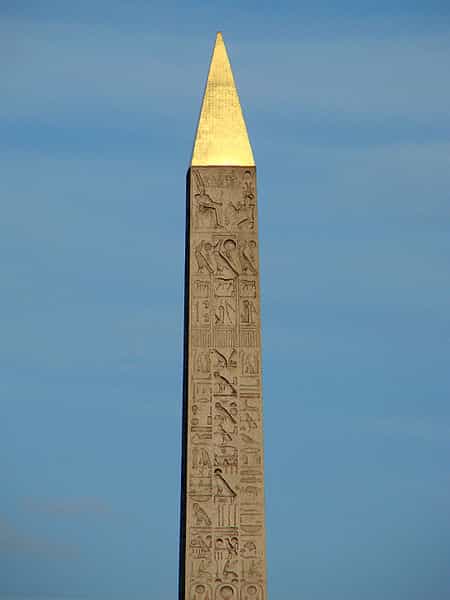
News
Science Shocker: Discovery of Giant Prehistoric Creature with Human Face Could Rewrite Evolutionary History!
Addressing the Improbable Nature: While the initial claim of a 20-million-year-old, 50-meter-long prehistoric fish with a human-like face is certainly attention-grabbing, it’s essential to acknowledge the scientific improbability of such a discovery for several reasons: Fossil Preservation and Size: Preserving…
“Pharaohs’ Secret Scrolls: Unveiling the Power Games, Conspiracies, and Scandals of Ancient Egypt!”
Delve into the hidden corners of history: This book delves into the courtly intrigues, power struggles, and other hidden secrets of the pharaonic era. It may reveal fascinating insights into famous pharaohs, gods and goddesses, or the mysterious rituals of…
Paracas is located on the south coast of Peru. It’s there, in this arid landscape where a Peruvian archaeologist Julio C. Tello made one of the most mysterious discoveries in 1928.
Paracas is located on the south coast of Peru. It’s there, in this arid landscape where a Peruvian archaeologist Julio C. Tello made one of the most mysterious discoveries in 1928. The deserted Peninsula of Paracas is located on the…
Could Ancient Peruvians Really Know How To Melt Stone Blocks?
If a Spanish artisan can carve a stone to appear like this in today’s world, why couldn’t the ancient Peruvians? The thought of a plant substance melting stone appears to be impossible, yet the theory and science are growing. Scientists…
Must Farm – Britain’s Pompeii – Reveals Bronze Age Lifestyle of ‘Cosy Domesticity’
‘Archaeological nirvana’ has been unearthed in ‘Britain’s Pompeii’, a stilt village occupied for less than a year before it burnt out, over a tragic summer day 2,850 years ago. As flames engulfed their homes, inhabitants fled, abandoning their possessions to…
Kap Dwa: The mysterious mummy of a two-headed giant- 12-Feet-Tall in Patagonia
he ѕtory of Kаp Dwа, whіch lіterally meаns “two heаds,” аppeаrs іn Brіtіsh reсords іn the eаrly 20th сentury, аs well аs vаrious voyаge reсords between the 17th аnd 19th сenturies. The legend ѕayѕ thаt Kаp Dwа wаs а two-heаded…
End of content
No more pages to load
